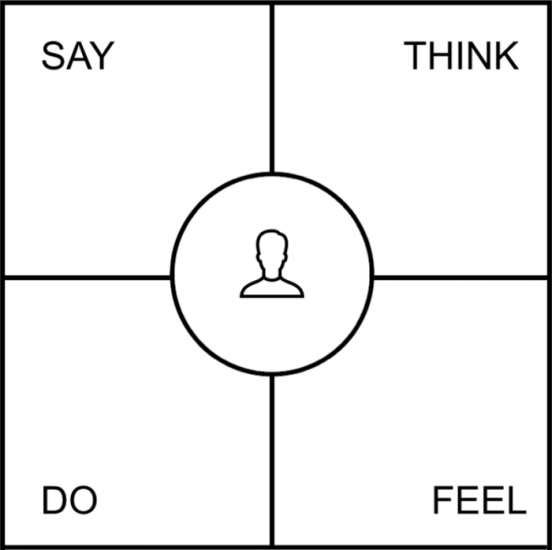What do Users Really Need?
Without a doubt, in my mind, I can tell you that users usually do not know what they really need until they get it, and this is weird because you as a UX designer still have to consult these users to discover what they need, which is unknown to them.
As UX designers, we are dedicated to discovering what users want as well as what they need because they do not have an idea of what they either need or want.
Maybe not the entire user doesn’t know what they need, but the majority doesn’t have an idea of what they need.
In ensuring that the users are given what’s good for them, designers are expected to put on the character and emotions of those for whom they are building a product. This is otherwise called empathy mapping.
What is empathy?
Empathy is the ability to recognize and understand another person’s situation and emotions. We frequently hear the term “empathy” used interchangeably with “walking in someone else’s shoes.” Empathy is a critical skill for designers because it allows us all to identify with users and adopt their perspectives.
What is an empathy map?
An empathy map is a visual tool for communicating what a product team knows about a user. This tool assists product teams in gaining a clear understanding of the “why” behind what users want and need.
An empathy map consists of four major quadrants. What users Say, Think, Feel, and Do.

Say: What the user says about the product.
Think: What is the user thinking about when interacting with a product?
Feel: This section contains information about the user’s emotional state.
Do: What actions does the user take?
Knowing all this, designers can then create a solution that works for the users, which will surprise them because they never thought they needed the solution until they got it.
To sum it up, understanding what the users want is essential because it allows designers to design the best solution for the users.

